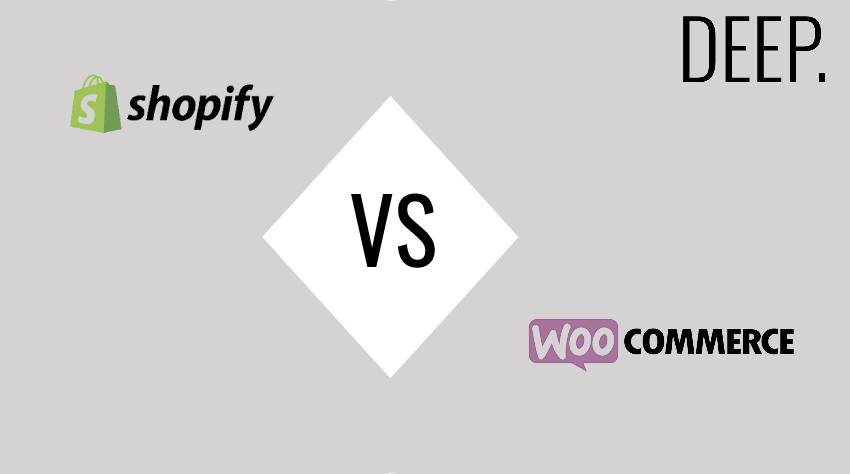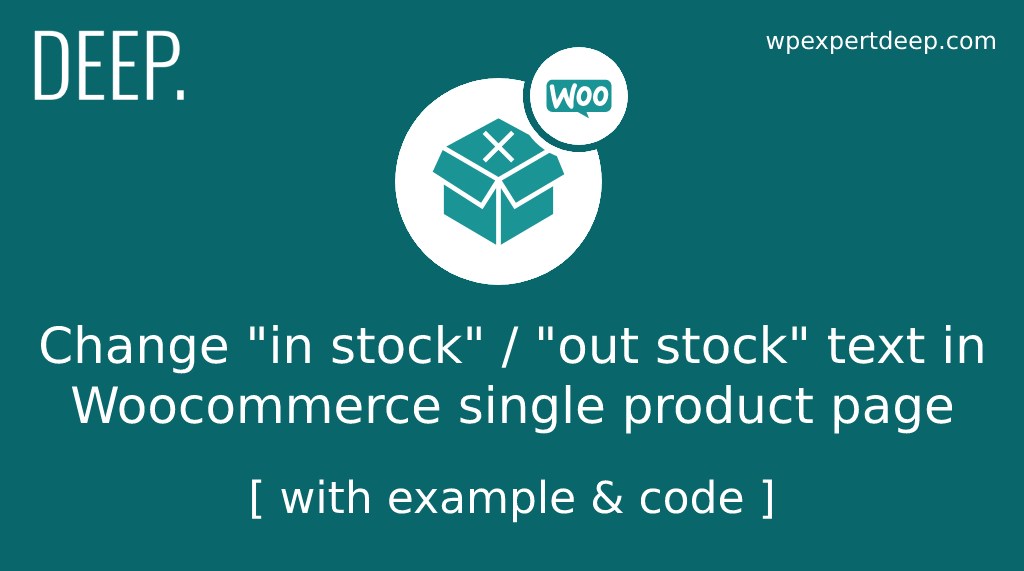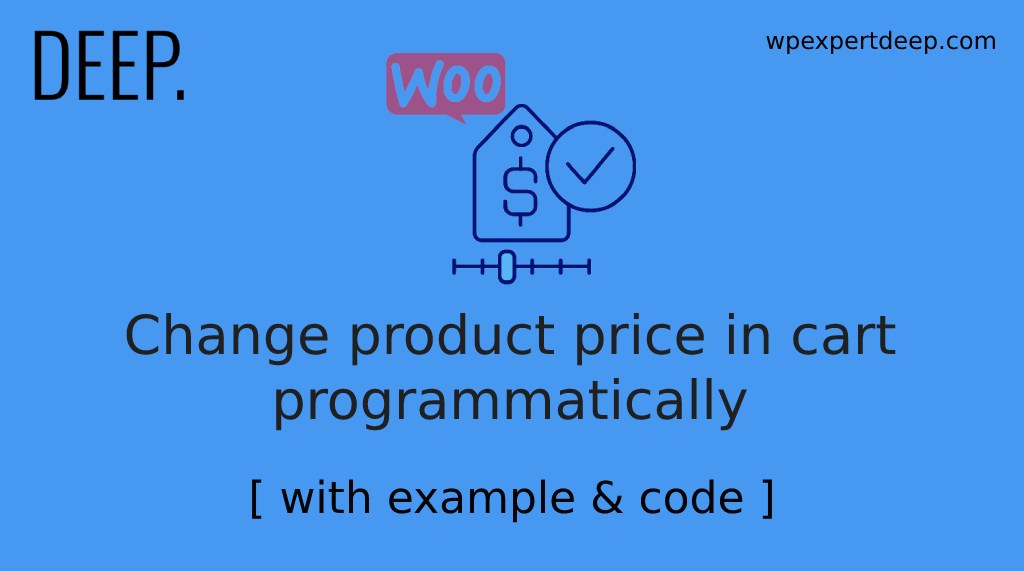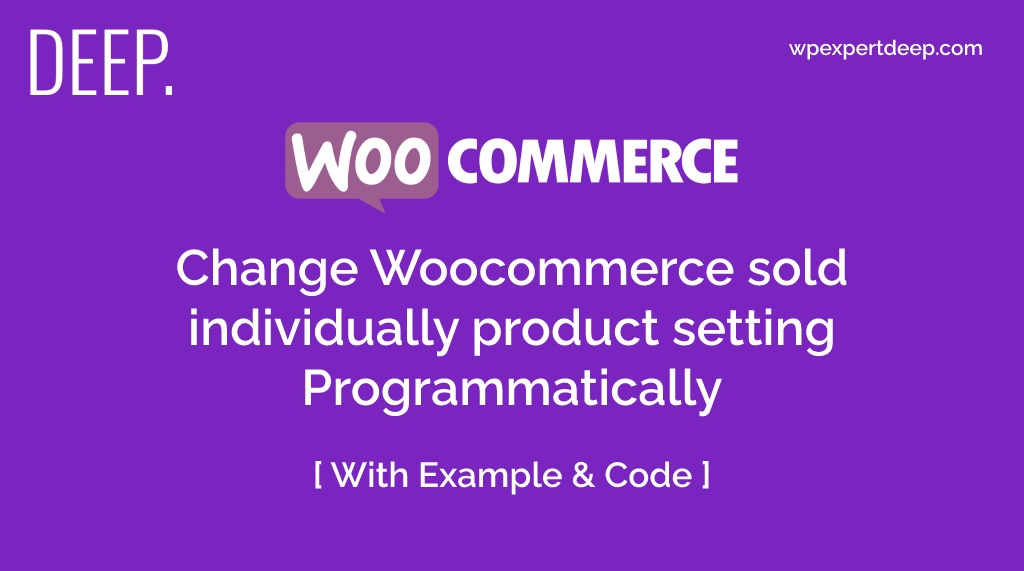
Difference Between Shopify And WooCommerce Development?
The major difference between Shopify and WooCommerce is the best-of-the-best when it comes to getting an online store up and running, hands down. It might be difficult to determine the best solution for your business when faced with a choice difference between Shopify and WooCommerce. Shopify to WooCommerce or WooCommerce to Shopify, which should you choose?
What Should Your Ecommerce Platform Have?
When you start an online store, there are a few things you must always keep in mind. You can decide which platform is best for your needs based on these key points.
- Budget
- Ease of use
- Payment Methods
- Integrations
- Scalability
These are the most basic things that every online store owner in India needs to think about. Depending on your needs, you may also want to look at other options like shipping, inventory management, invoicing, taxes, dropshipping, etc.
So, with that out of the way, let’s compare the difference between Shopify and WooCommerce.
1. Set Prices
WooCommerce Development Costs
WooCommerce development is free because it is an open-source WordPress plug-in. But you need a domain name (Rs.600-1000/year) and hosting (Rs.500-3200/month). The price of WooCommerce development may include extras like a theme (about $59 each), plugins and extensions (from $25 each), and developer fees.
You might not need all of these features, so the WooCommerce development prices may be different, but this will give you a good idea of what to think about.
Shopify Development Costs
As a hosted platform, on the other hand, Shopify development gives you everything you need for your online store. A complete solution! Don’t even bother looking for a hosting or theme provider because Shopify development has them all. There are monthly and yearly plans for this, of course.
2. Simple To Use
Most people who start an online store are not web designers or Shopify developers. Even users who know the basics need a platform that is simple to set up and use.
Let’s compare and find the difference between Shopify and WooCommerce in terms of how easy they are to use in India.
Easy To Use WooCommerce
WooCommerce is not a hosted platform, so you have to install it, handle updates, keep backups, and make sure your store is safe.
Installing WordPress first makes setting up WooCommerce development more complicated. To set up WordPress, follow these steps:
- Sign up for an account with a web host.
- Set up WordPress.
- Find a WordPress theme and put it in place.
After you do these things, you will be able to set up the WooCommerce development plugin on your WordPress platform. We strongly suggest that you choose a reliable WordPress hosting service that will take care of the whole process of setting up your site, including hosting, domain, and WordPress installation.
Easy To Use Shopify
The best thing about the Shopify development is that it comes with an online store, so almost everything is easy to figure out. Shopify makes it easy to set up and run stores because of how well its interface works. Then you can start selling. Shopify development is made for all store owners, even those who don’t know how to code.
As you can see, Shopify development beats WooCommerce development hands down when it comes to how easy it is to use. WooCommerce development is made for tech experts and professional web developers, while Shopify development is made for people who don’t know much about technology.
3. Payment Methods
You can use many different payment gateways to accept payments online. Some payment methods might not work for you, or your customers might not be able to use them in India.
Because of this, the platform you choose must have more than one way to pay. Let’s look at how the payment integrations and the difference between Shopify and WooCommerce.
Shopify Has Different Ways To Pay
Shopify offers many checkout payment alternatives. It has Stripe-powered Shopify development Payments. It works with all major payment gateways.
Shopify adds 2% to each third-party payment gateway transaction. The payment gateway also charges transaction fees. The price drops to 0.5% if you pay $299 per month for Advanced Shopify development.
Shopify development Payments only charge for credit card transactions. The most basic credit card plan starts at 2.9% + 30 and goes down.
WooCommerce Has Different Ways To Pay
WooCommerce development automatically accepts PayPal and Stripe. WooCommerce uses Stripe. All payment methods work. Others include Authorize.net, Amazon Pay, Square, and Alipay.
WooCommerce supports regional payment gateways. Any payments company can support WooCommerce development since there’s no barrier. Self-hosted platforms incur fees from your payment gateway or bank. WooCommerce is free unless you utilise WooCommerce Payments. Plus!
If you choose your merchant account and gateway, WooCommerce development saves you money. Shopify Payments charges the same as Stripe and Paypal, thus a small store doesn’t matter.
Conclusion
If you want to migrate from WooCommerce development to Shopify development or vice versa, Lit Extension can help. We currently offer migration for over 120 carts, including the difference between Shopify and WooCommerce.



